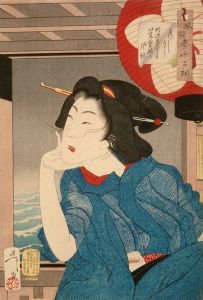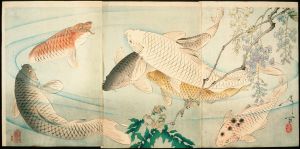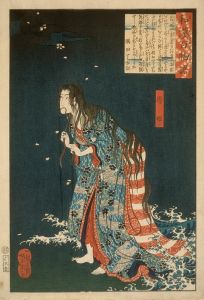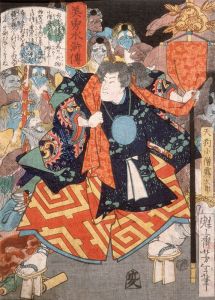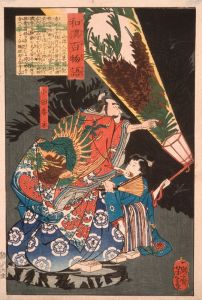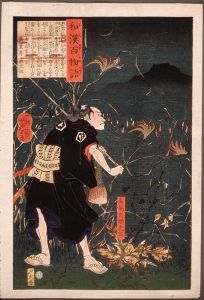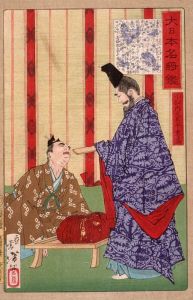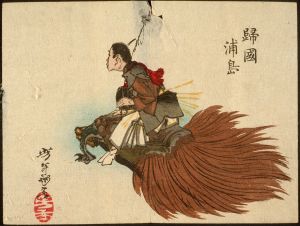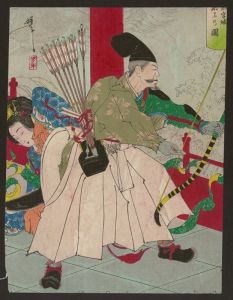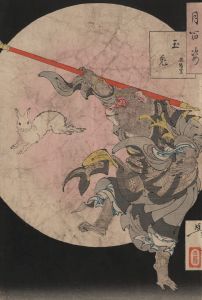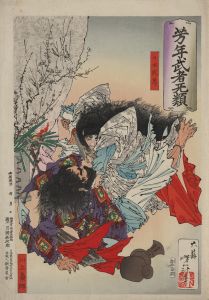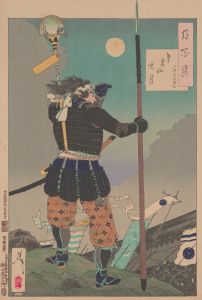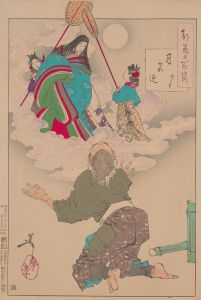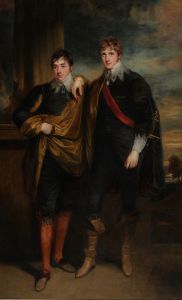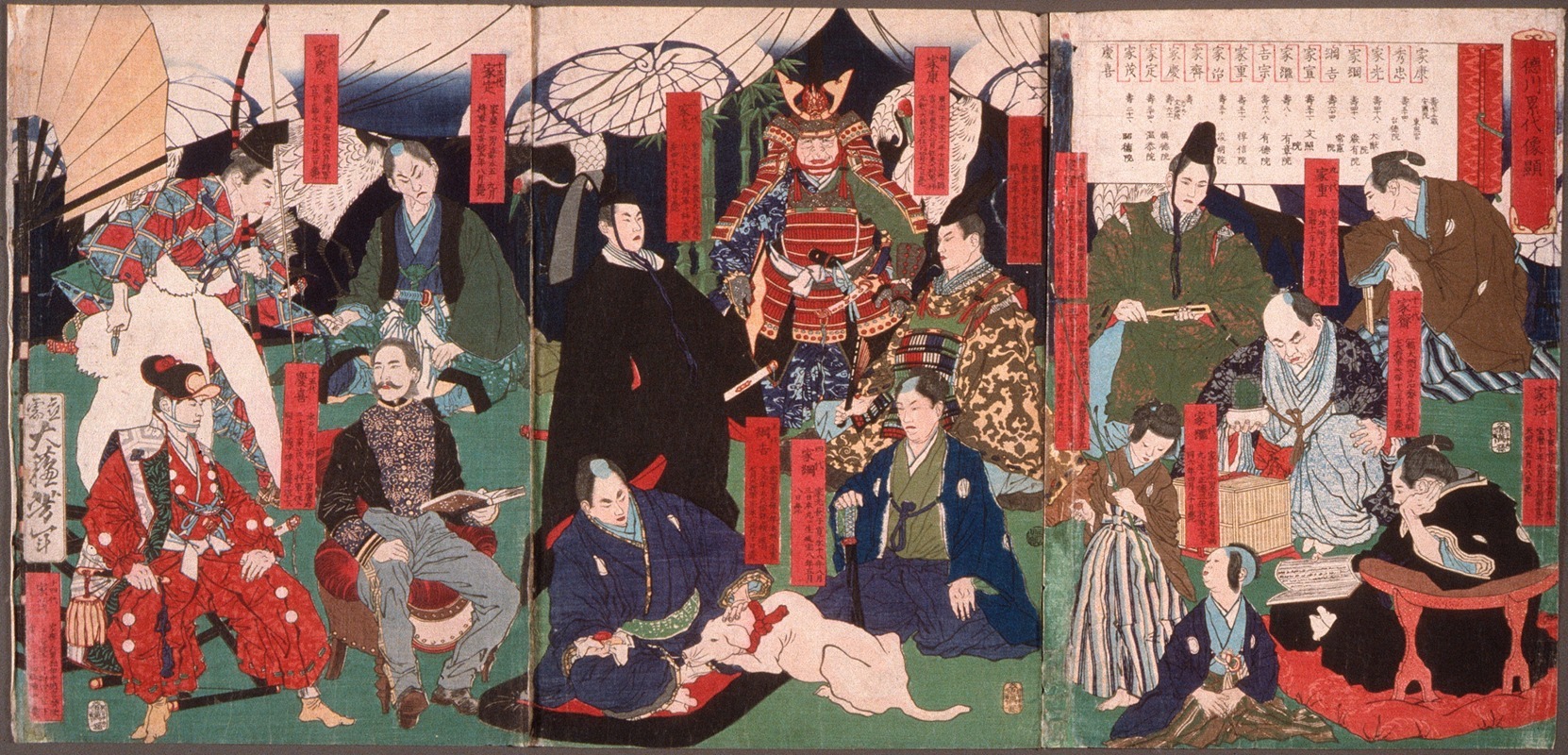
Portraits of the generations of the Tokugawa clan
A hand-painted replica of Tsukioka Yoshitoshi’s masterpiece Portraits of the generations of the Tokugawa clan, meticulously crafted by professional artists to capture the true essence of the original. Each piece is created with museum-quality canvas and rare mineral pigments, carefully painted by experienced artists with delicate brushstrokes and rich, layered colors to perfectly recreate the texture of the original artwork. Unlike machine-printed reproductions, this hand-painted version brings the painting to life, infused with the artist’s emotions and skill in every stroke. Whether for personal collection or home decoration, it instantly elevates the artistic atmosphere of any space.
"Portraits of the Generations of the Tokugawa Clan" is a notable work by Tsukioka Yoshitoshi, a prominent Japanese artist known for his contributions to the ukiyo-e genre during the late Edo and early Meiji periods. Yoshitoshi, born in 1839, is often celebrated for his innovative approach to traditional woodblock printing, which he revitalized during a time when the art form was in decline due to the advent of photography and Western art influences.
This particular artwork, as the title suggests, focuses on the Tokugawa clan, a powerful family that ruled Japan as shoguns from 1603 to 1868, during the Edo period. The Tokugawa shogunate was established by Tokugawa Ieyasu, who became the first shogun in 1603 after a series of military victories that unified Japan. The clan's rule is characterized by a long period of peace and stability, known as the Edo period, which allowed for economic growth, strict social order, and isolationist foreign policies.
Yoshitoshi's portrayal of the Tokugawa generations is significant as it reflects both the historical importance of the clan and the cultural shifts occurring in Japan during his lifetime. His work often combined traditional Japanese themes with new artistic techniques and perspectives, which can be seen in the way he approached historical subjects. Yoshitoshi was known for his dramatic use of color and dynamic compositions, which brought a fresh perspective to the depiction of historical figures.
The "Portraits of the Generations of the Tokugawa Clan" likely includes representations of key figures from the Tokugawa lineage, such as Tokugawa Ieyasu, Tokugawa Hidetada, and Tokugawa Iemitsu, among others. Each of these leaders played a crucial role in maintaining the shogunate's power and implementing policies that shaped Japan's history. Through his portraits, Yoshitoshi not only commemorated these historical figures but also provided a visual narrative of the Tokugawa era's legacy.
Yoshitoshi's work is often appreciated for its attention to detail and the ability to convey the personalities and historical significance of its subjects. His portraits of the Tokugawa clan would have been created with an understanding of both the historical context and the cultural importance of the figures depicted. This reflects Yoshitoshi's broader artistic mission to preserve and celebrate Japanese history and culture during a time of rapid modernization and change.
The significance of Yoshitoshi's work extends beyond its artistic value; it serves as a historical document that offers insights into the perception and representation of the Tokugawa shogunate in the late 19th century. His portraits are a testament to the enduring legacy of the Tokugawa clan and their impact on Japanese history, as well as Yoshitoshi's own role in the evolution of Japanese art.
Overall, "Portraits of the Generations of the Tokugawa Clan" by Tsukioka Yoshitoshi is a remarkable example of how art can capture and preserve the essence of historical eras and figures, offering future generations a window into the past through the lens of a masterful artist.





